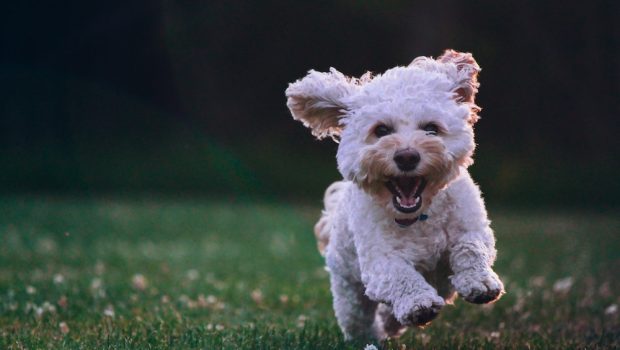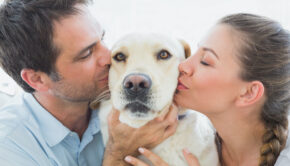Five Skills to Teach a New Puppy
Getting a new puppy is an extremely special and exciting time. All we want to do is cuddle them every minute we can. But in addition to showering them with love and affection, it’s important to teach them the most necessary skills early on. With dogs, you can start training them when they’re about 7-8 weeks old.
Teaching your dog skills and commands is a lifelong adventure. Whether you’ve just got home a new puppy, a canine friend from a shelter, or want to brush up on your adult dog’s training, certain basic skills never grow old.
It’s not only about having a dog who’s loyal, but also a matter of keeping them safe – especially when they’re outside. So without further ado, here are five basic skills you should be teaching your new puppy:
- Sit
Teaching a dog how to sit is the most basic thing you should be doing once the puppy training begins. This is especially important when you’re busy doing something and can’t give them enough attention. Knowing that they’re sitting gives you the assurance that they won’t get into trouble while you’re getting your work sorted.
For example, when you’re in a crowded place and need them to sit so that they don’t get lost. Or even when you’re opening the car door on a busy road, and ask them to sit before you get them out of the car safely so that they don’t run around while cars are coming in from every direction.
This can be done by holding a treat close to your dog’s nose. Keep moving your hand higher so that their bottom touches the ground. Once they reach the sitting position, ask them to “sit”, give the treat, and also give them the cuddles they deserve.
- Come
Knowing that your dog will always come back to you no matter what is a great feeling. However, if your puppy is busy getting into some fun trouble, bringing them back can be trickier than usual.
One way to start practicing this is by putting a leash and collar on your puppy. After this, get down to their level and say “come”, and gently pull the leash. Once your puppy comes to you, make sure to give them a treat. If your puppy receives a treat every time he/she comes back to you, it will be a motivating factor for them to return to you safely.
This puppy skill is also known as recall training. You can start it in a quiet ambience with not many people around. As days go along and you become more confident in your dog’s ability to follow this command, you can gradually start using this whenever you take them out with you.
- Leave It
Teaching your puppy to leave something comes handy in several situations. Whether they want to explore something from the ground that’s dangerous to them, go to a dog that’s growling at them from across the street, or even just to make them stay away from certain things and people; learning this skill takes some time and consistency.
In order to teach them to “leave” something, try the following steps. First, place a treat in your hand when your dog is sitting. Second, show them the treat and say “leave it”. Then, proceed to place it under your shoe. After this comes the waiting process. Your puppy will try to acquire the treat in several ways. When he/she finally gives up, say “yes!” and give them a reward. This will become a little game for them, and they will learn to let go of whatever it is whenever you ask them to leave it.
- Stay
Teaching your dog to stay in a particular spot is extremely vital. Dogs are energetic and vibrant creatures, and unless asked to stay at a spot, they will willingly run about anywhere and everywhere. Therefore, knowing how to “stay” becomes crucial in situations such as when you’re standing in the middle of a busy public place and need to make sure your puppy doesn’t run off somewhere or come in contact with something harmful.
You can train them for this by asking them to sit. Then open your palm and say “stay”. Once they stay for a few seconds, give them a little treat. Keep repeating this by increasing the distance and the duration of them remaining in that position. Reward them every time so that they learn to do it better each time.
- Lie Down
When you teach your puppy to lie down, make sure it’s a slow and gradual process. They should do it all by themselves and not be forced into it, or else they could get aggressive.
Do it when your dog is sitting in front of you. Start by holding a treat near their nose. Move the treat to the floor and away from your dog, till he/she moves her front feet forward and is eventually lying down. Once your dog is lying down, say “yes!” and give them the treat.
Summing Up
There are many skills you’ll be teaching your dog throughout the course of their lifetime. Much like with any other pet, the learning process almost never ends. When it comes to puppy training, there are certain basic skills your little friend should learn pretty early on.
Once you have these covered, you shouldn’t have to worry too much about their safety or them running into wild, dangerous situations.






